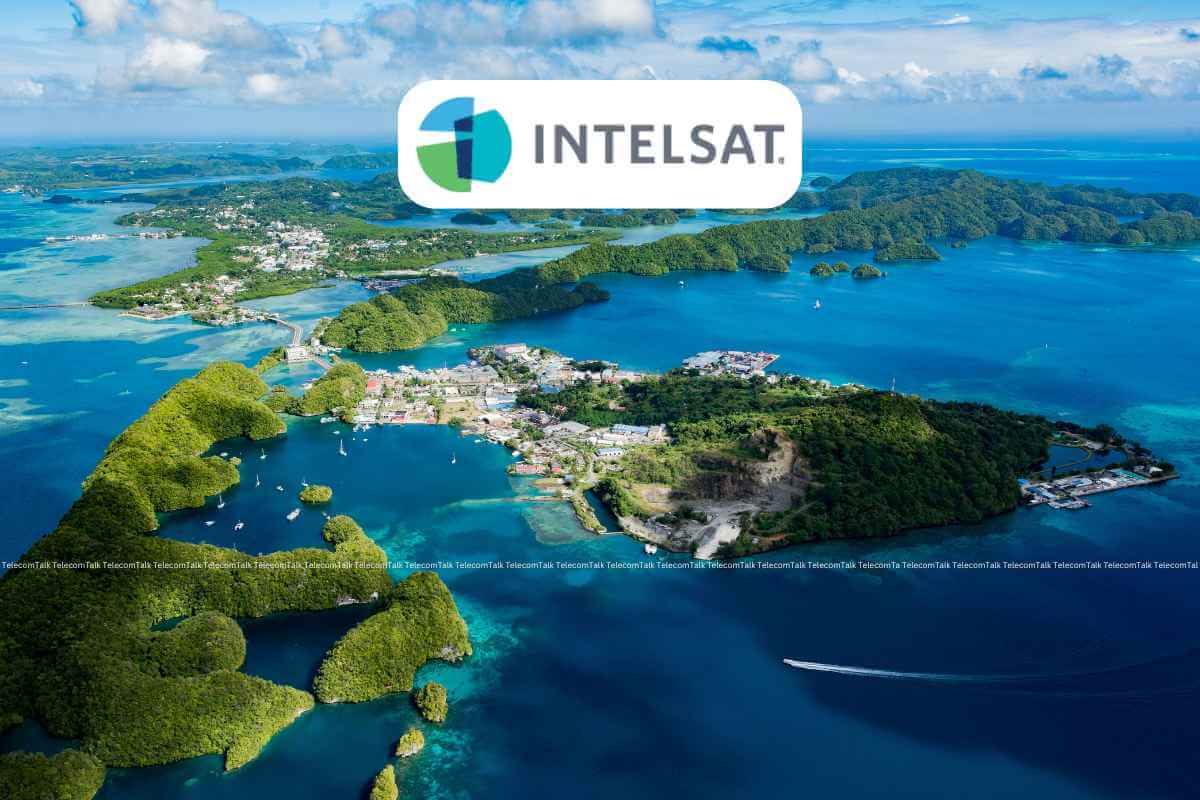
Integrated satellite and terrestrial network provider Intelsat has a dual-satellite connectivity solution for the Pacific island of Palau, ensuring a reliable 'always-on' service for the 18,000 residents on nine islands in the main archipelago. “Leveraging our extensive experience in the Asia Pacific region, we were able to tailor a solution that perfectly meets Palau's specific needs for reliable connectivity,” Intelsat announced on Tuesday.
Also read: Satellite operator SES acquires Intelsat for $3.1 billion
Challenges with submarine cables
Previously, the Palau National Communications Corporation (PNCC) relied on a single submarine fiber optic cable for all communications needs. However, submarine cables are vulnerable to damage, as PNCC discovered when a planned week-long outage due to emergency repairs disrupted the cable connection from Palau to Guam in July 2023, likely due to the impact of Typhoon Mawar, which hit Guam in May. This emergency repair forced PNCC to limit international internet access only to critical services, the official press release said.
Multi-layer satellite design
Intelsat's solution for Palau uses two geostationary satellites in separate orbital slots, providing redundancy and flexibility through a multi-layer design that integrates software-defined wide area network (SD-WAN) technology. This approach prioritizes C-band connectivity during outages and increases capacity with Ku-band, allowing PNCC to scale Ku-band capacity as needed.
Also read: Intelsat Expands Partnership with Eutelsat Group for LEO Satellite Connectivity
Expand access
“Intelsat was the right partner for us because of their flexibility and experience operating in island countries like Palau,” PNCC marked.
In addition, the project has enabled PNCC to provide internet services to the southwestern islands of Palau for the first time, creating new revenue opportunities and expanding access to essential services, entertainment, telehealth and education.
